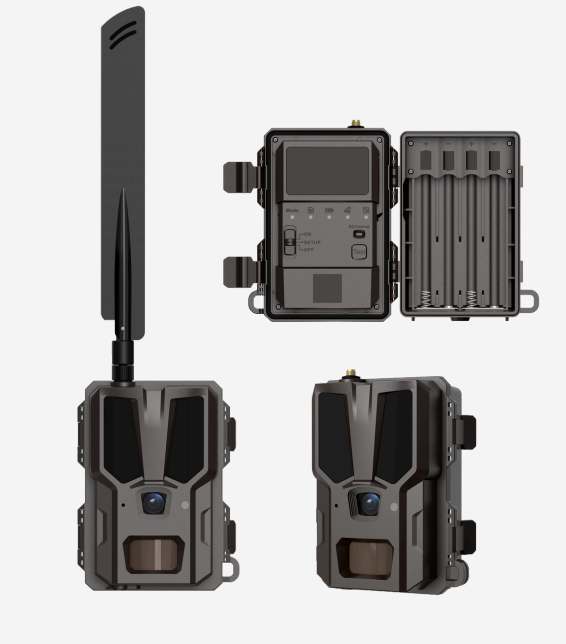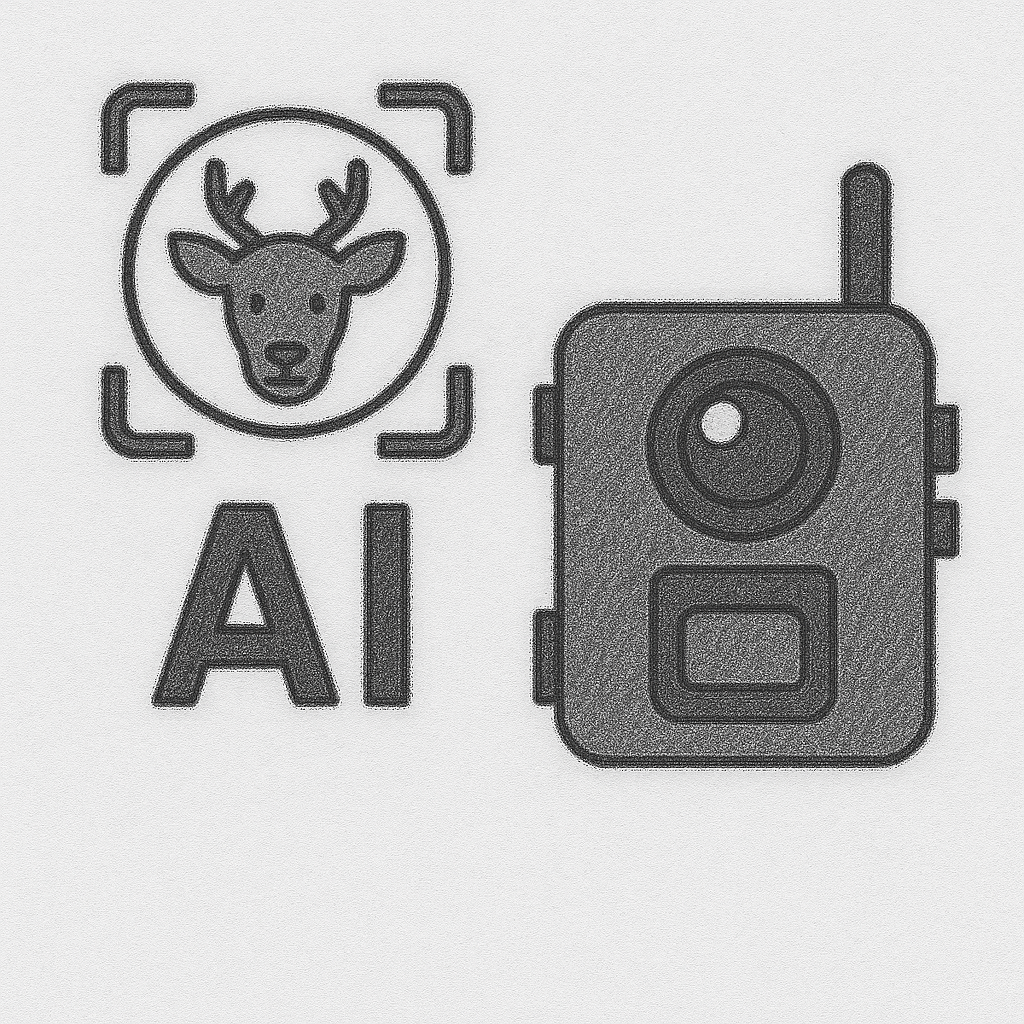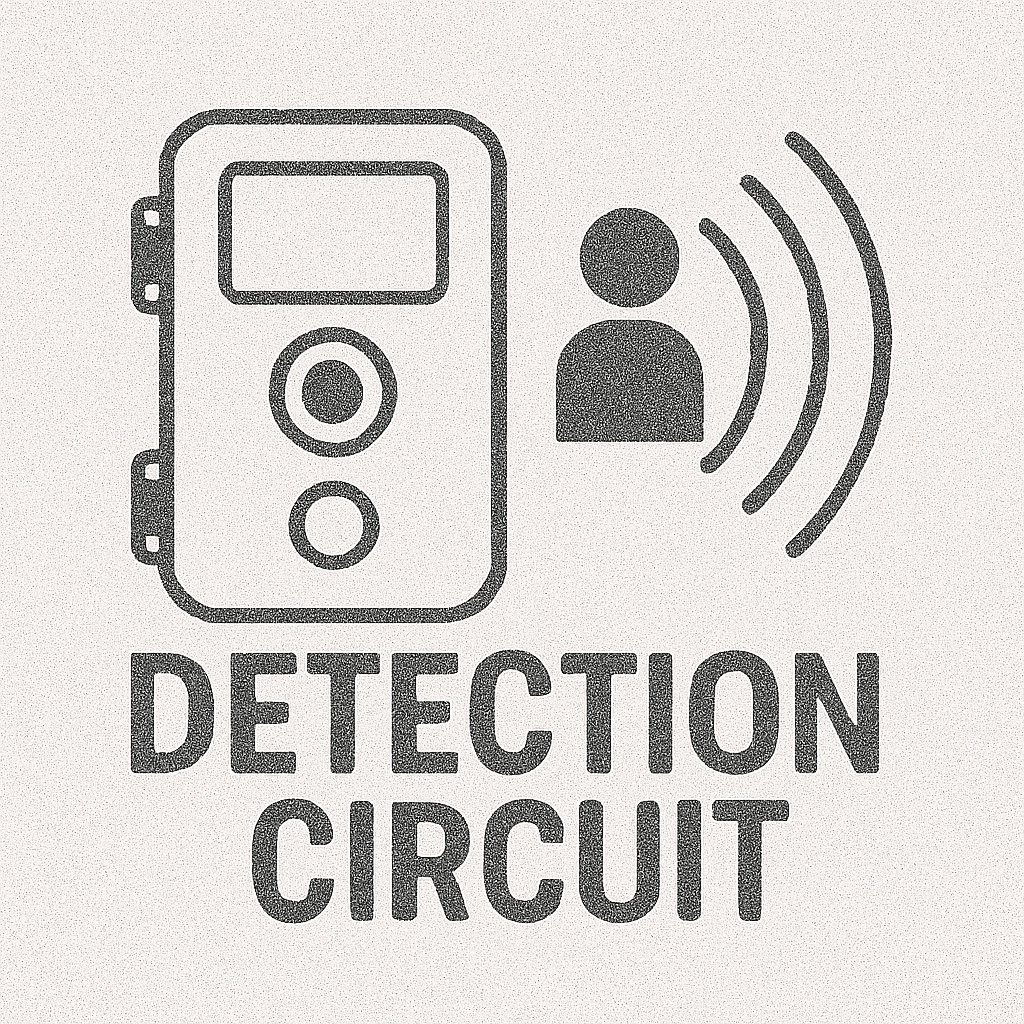What is AI Animal Recognition?
AI Animal Recognition is a cutting-edge feature in trail cameras that utilizes artificial intelligence (AI) and machine learning algorithms to automatically identify, classify, and analyze animals in captured images or videos. This technology enables the differentiation between species, detection of human interference or threats, and the reduction of irrelevant data, such as blank images caused by environmental triggers.
Key Features and Functionality
- Automatic Detection: AI algorithms detect movement and determine whether an animal, human, or another object is present in the frame.
- Species Classification: Once detected, the system classifies the subject by species or a higher taxonomic group.
- Real-time Alerts: Advanced models send alerts of specific animal detections, helping researchers, conservationists, and hunters take timely action.
- Data Optimization: By filtering out irrelevant content, AI reduces the number of images or videos requiring manual review.
Applications of AI Animal Recognition
Wildlife Monitoring
Researchers deploy AI-powered cameras to:
- Track endangered species like elephants and jaguars.
- Understand population dynamics and habitat usage.
- Monitor nocturnal species with minimal human interference.
Conservation Efforts
AI enables conservationists to:
- Detect and prevent human-wildlife conflicts.
- Identify illegal poaching activities in protected areas.
- Study the impact of urbanization on natural habitats.
Hunting
Hunters use AI-enabled cameras to:
- Identify specific game species like deer or wild boar.
- Understand animal behavior and movement patterns over time.
- Plan efficient and ethical hunting strategies.
Education and Public Engagement
Sharing AI-analyzed data or imagery with the public promotes awareness and supports conservation initiatives.
Technical Details
AI Algorithms and Models
- Deep Learning: Convolutional Neural Networks (CNNs) are used to recognize patterns and classify species in images.
- Detection Models: Tools like MegaDetector and Conservation AI provide species-specific identification and can reduce annotation time by up to 70%.
Training Data
AI models are trained using millions of labeled images, accounting for variations in lighting, angles, and habitats. For example:
- The Wildlife Insights AI model has processed over 35 million images across 1,295 species.
Connectivity Solutions
- Satellite Connectivity: Cameras in remote areas use satellite networks like Iridium to send real-time alerts.
- Offline Analysis: Cameras store data locally for later analysis, ensuring functionality even without network access.
- Precision and Recall: Metrics such as an 82% accuracy rate in recognizing elephants in Gabon demonstrate the effectiveness of AI models in real-world scenarios.
Challenges and Considerations
Accuracy
- AI models may struggle with rare species not adequately represented in training datasets.
- Environmental factors like rain, dense vegetation, and low light can affect detection accuracy.
Cost
- High-quality AI-enabled trail cameras and satellite connectivity solutions increase the initial and operational costs.
Ethical Concerns
- The use of AI for hunting raises ethical questions about fair chase and wildlife welfare.
- Data privacy and security in sensitive ecological areas also require attention.
Future of AI in Trail Cameras
The integration of AI, cloud computing, and citizen science in trail cameras is set to revolutionize wildlife monitoring. By enabling real-time decision-making and reducing human effort, these technologies promise a more efficient and ethical approach to wildlife management and conservation.
This glossary entry provides a comprehensive overview of how AI Animal Recognition enhances the functionality of trail cameras, benefiting research, conservation, and other applications.



